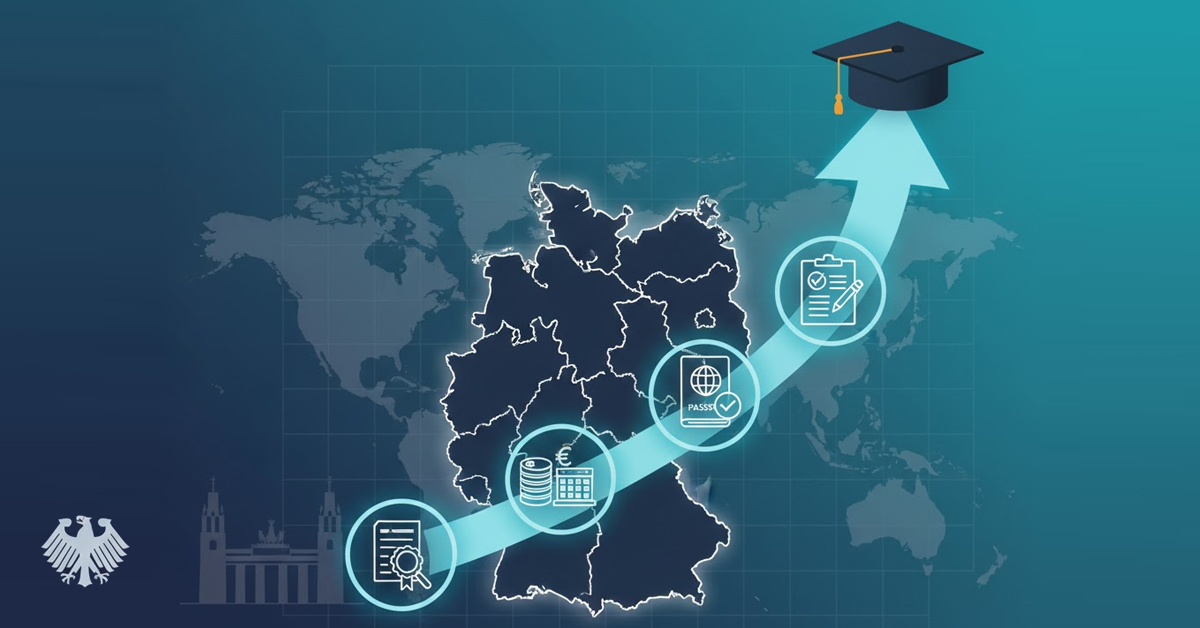Studying in another country is exciting but also expensive. From tuition fees to living costs and travel, the total amount can be quite high. That’s where best education loan in india for study abroad comes in. These loans help students cover their full education costs without burdening their families. In this blog, we’ll explain the types of education loans available for studying abroad and why they’re a popular choice for Indian students.
What Is an Education Loan for Abroad Studies?
An education loan for abroad studies is a special loan designed to support students who want to study outside India. It covers course fees, hostel or rent, books, insurance, and even travel costs. These student loans for international education are offered by banks, NBFCs, and other financial institutions. Depending on the loan type, you may or may not need to provide collateral. The aim is to make global education more affordable and accessible.
Why Students Prefer Loans for Studying Abroad?
Many Indian students choose education loans for international studies because they allow them to study in top universities without using family savings. These loans offer features like 100% financing, flexible EMIs, and a moratorium period, allowing students to repay after completing their course. With different types of education loans available, students can pick one based on their financial background and future plans.
Also Read: Top 9 Benefits of Abroad Education Loan You Must Know
Major Types of Education Loans
Understanding the types of education loans is the first step before applying. Based on security, lender type, and loan structure, here are the most common student loans for international studies:
1. Secured Education Loans
These loans require you to offer collateral, like a house, land, a fixed deposit, or an insurance policy. Because the lender has security, you usually get a lower interest rate, a longer repayment period, and a higher loan amount. Public sector banks often offer these loans with flexible terms. They're a good choice if you have an asset to pledge and want to borrow a large amount.
2. Unsecured Education Loans
These loans don’t need any collateral, making them ideal for students who don’t own property or financial assets. Key features include:
- Co-applicant’s income is important
- The interest rate is usually higher
- Partial EMI may begin during the course
- Loan approval depends on the course, country, and university
They are common among private banks and NBFCs offering student loans for international education.
3. Government-Sponsored Student Loans
These loans are designed to support meritorious and economically weaker students. Below are some of the features of this type of loan:
- Offered by Public Sector Banks via schemes like Vidya Lakshmi Portal or CSIS Scheme.
- Collateral may or may not be required.
- Interest subsidy is available for eligible students.
- The loan amount is usually upto ₹7.5 Lakh without collateral.
4. Private Lender Education Loans
These are loans provided by private banks and NBFCs without government involvement.
- Fast processing and minimal paperwork.
- Available with or without collateral.
- Higher interest rates than public banks.
- Covers up to 100% of total expenses.
- Popular among students going to high-ranked universities abroad.
Private student loans for international studies offer flexible but slightly expensive options.
5. International Student Loans (From Foreign Lenders)
Some students also get loans directly from lenders based in the country where they are going to study.
- Offered by global financial institutions or credit unions
- No Indian collateral or guarantor required
- The loan is disbursed in foreign currency
- Interest rates may vary depending on credit score or co-signer profile
- Often limited to select universities and courses
These are an alternate form of student loans for international education and can be explored if local options are limited.
Which Type of Abroad Education Loan Should You Choose?
The right education loan depends on your financial background, course, and the university you’re applying to. If you have property or assets, a secured education loan may offer better terms. If not, you can opt for an unsecured student loan for international studies, provided you meet the income and credit requirements. Also, check interest rates, repayment terms, and moratorium period before deciding. Comparing all types of education loans offered by banks, NBFCs, and financial institutions, with the help of Spoctree, can help you make a smart choice.
Conclusion
Studying abroad opens up exciting opportunities, but the costs can be high. There are multiple types of education loans to help you reach your goals. Whether you go for a government-backed, private, or international lender, understanding your loan options is key. Use Spoctree to compare multiple providers and choose the best offers that match your specific needs, all from the comfort of your home.




